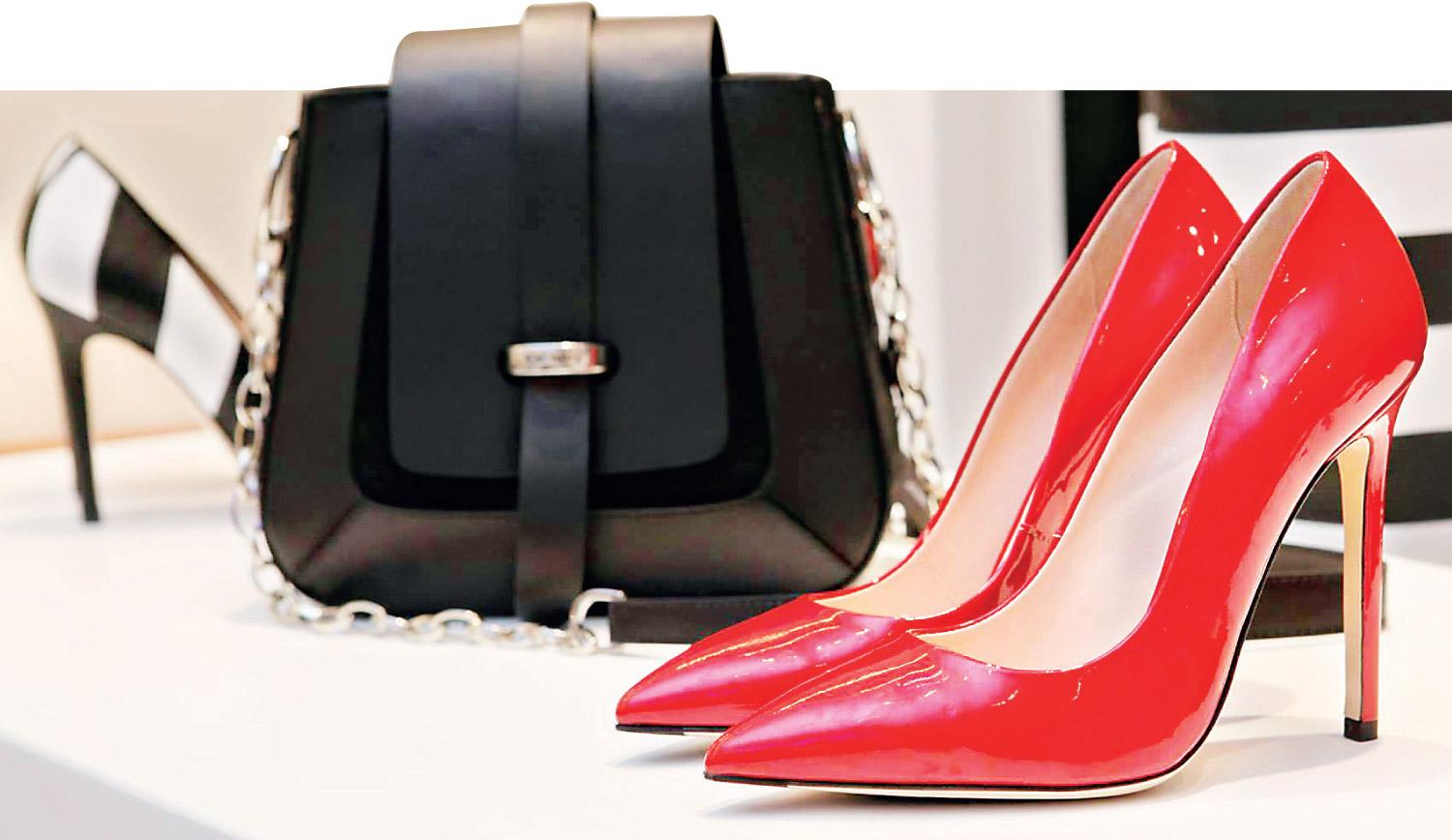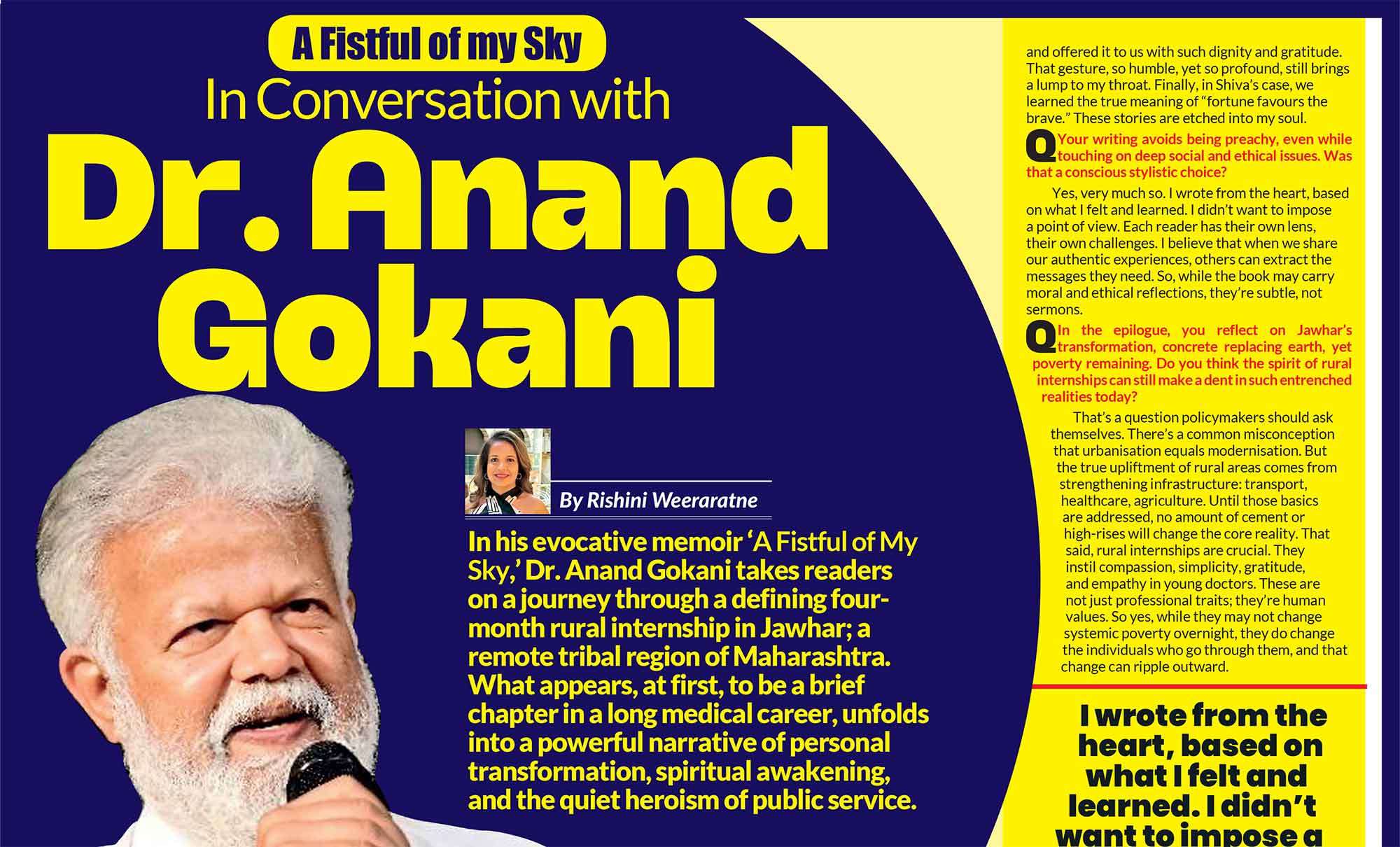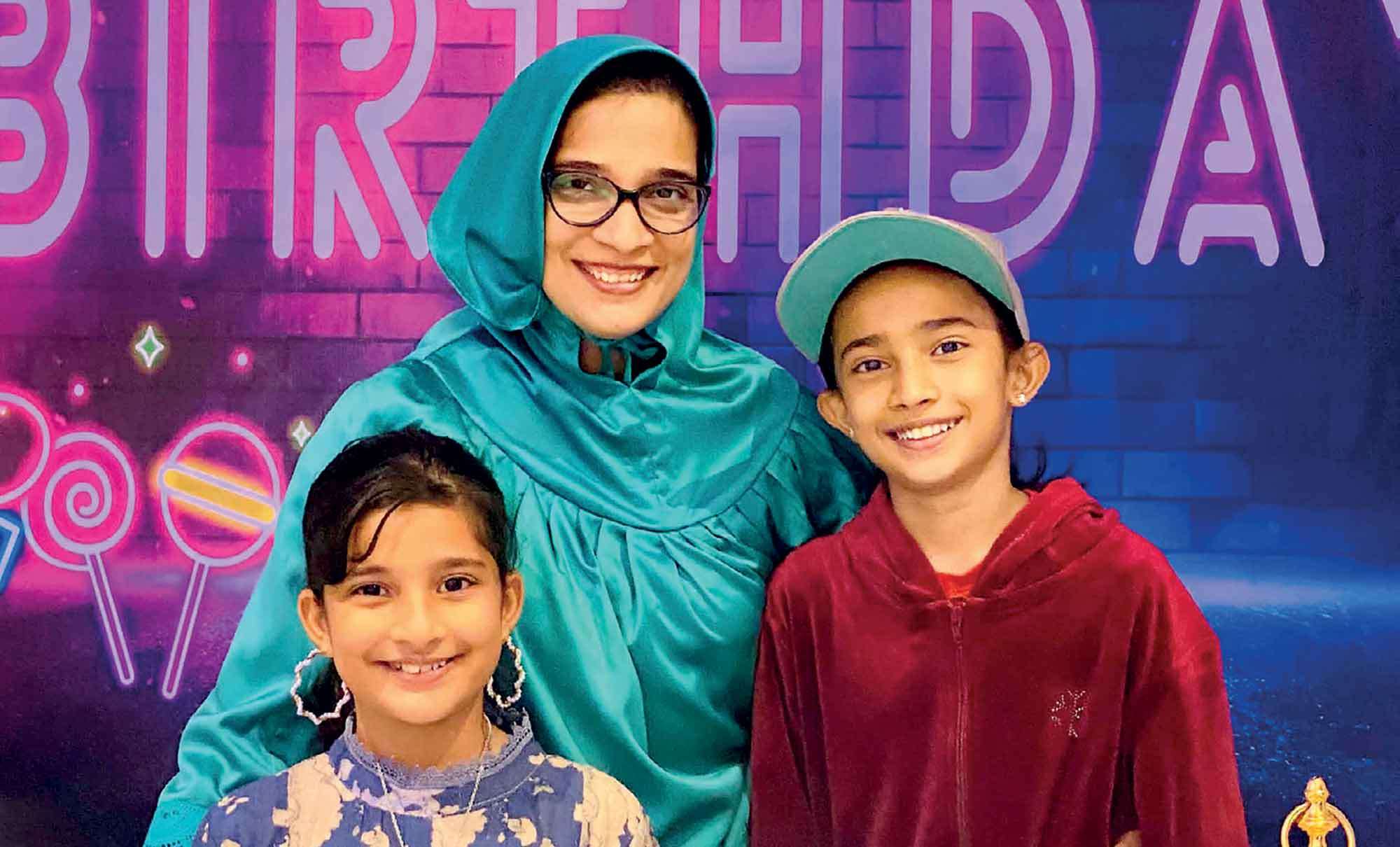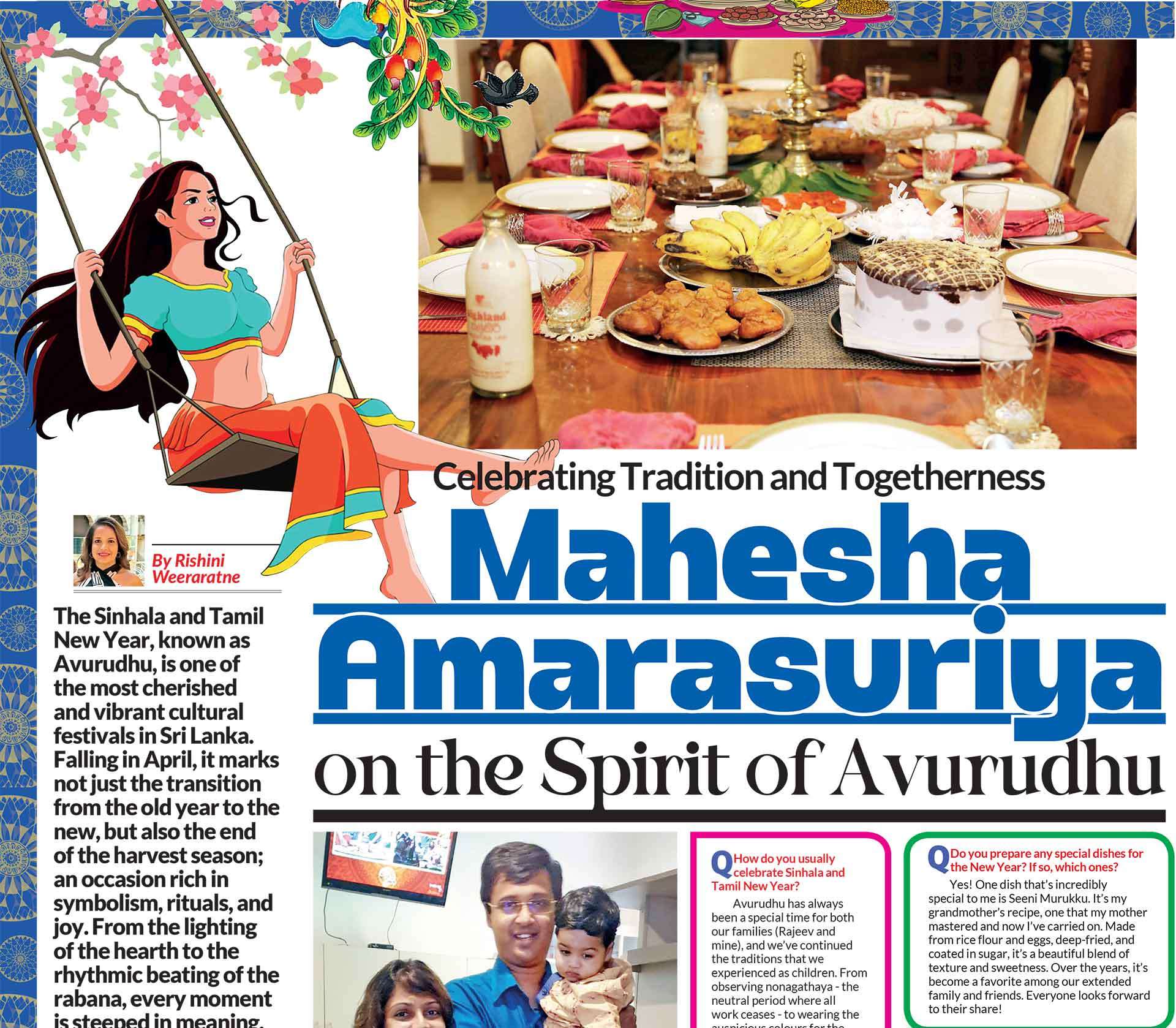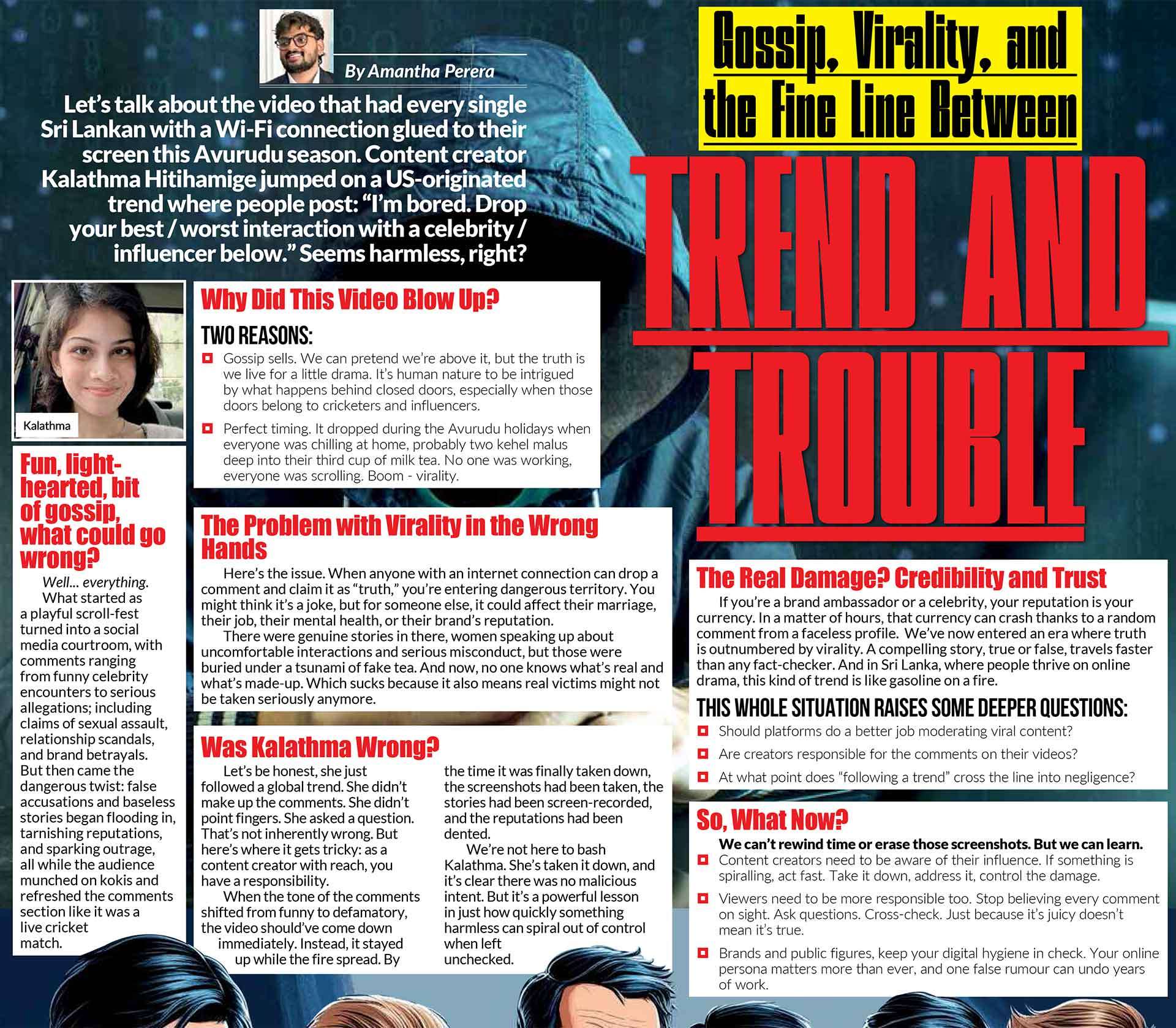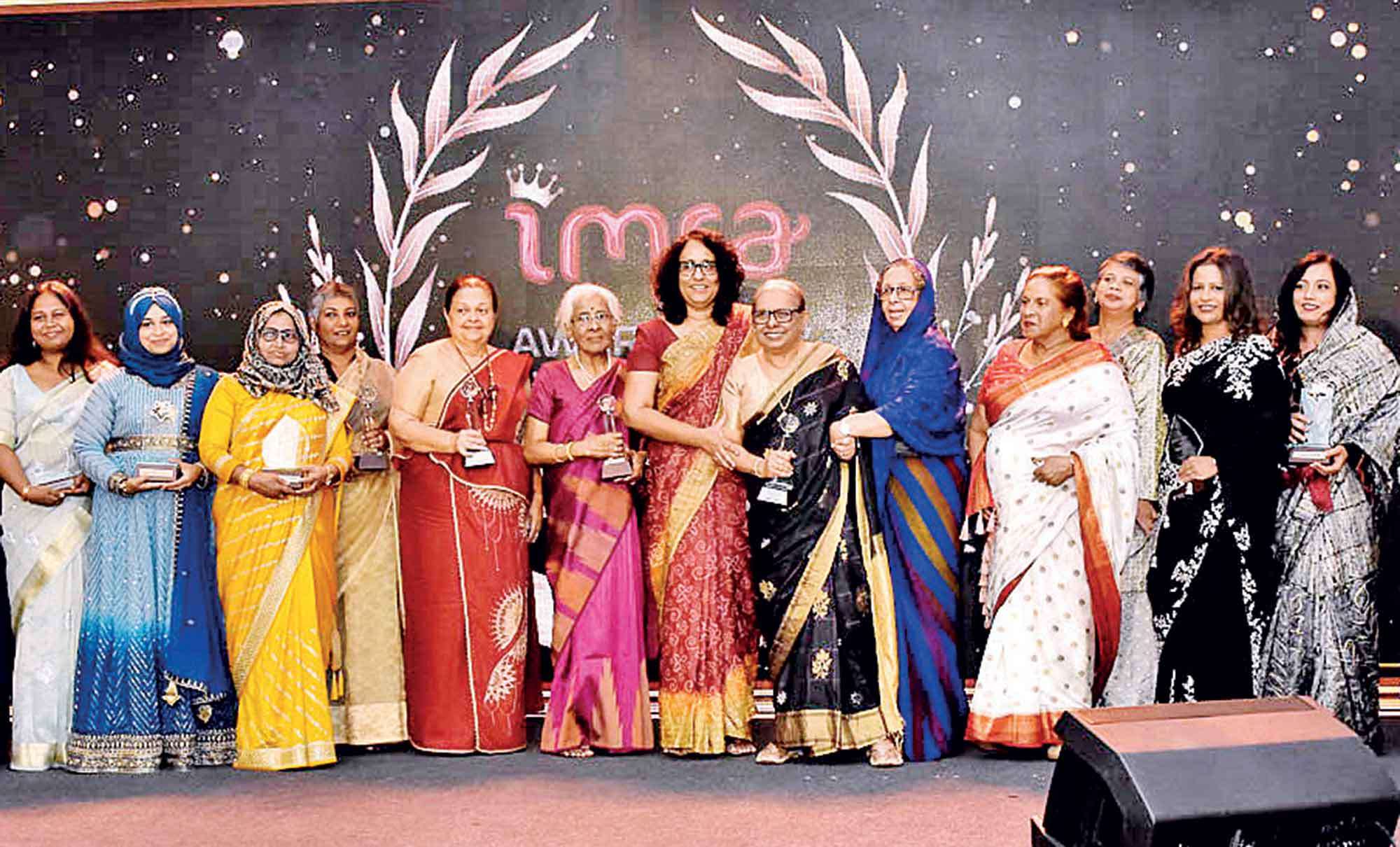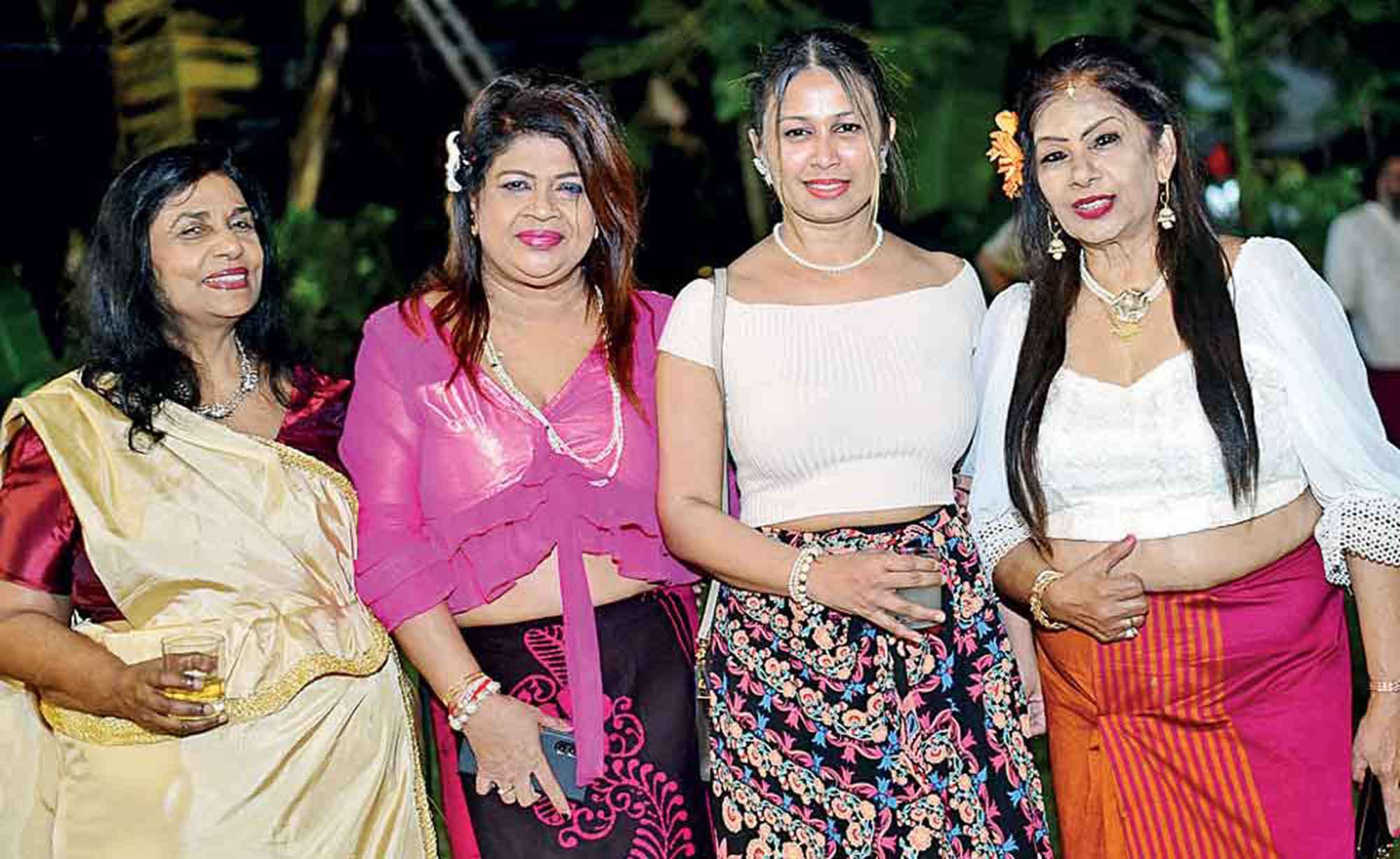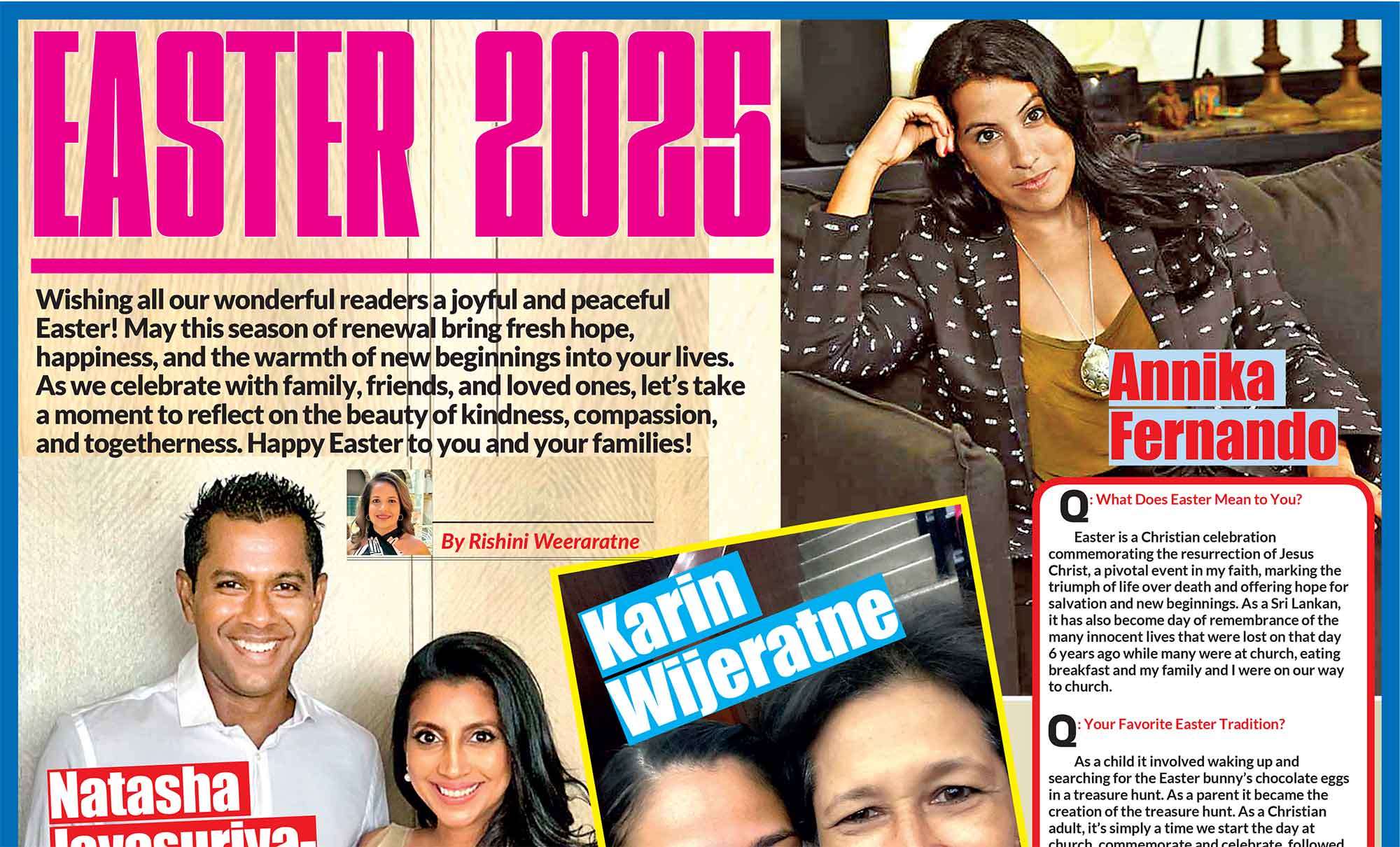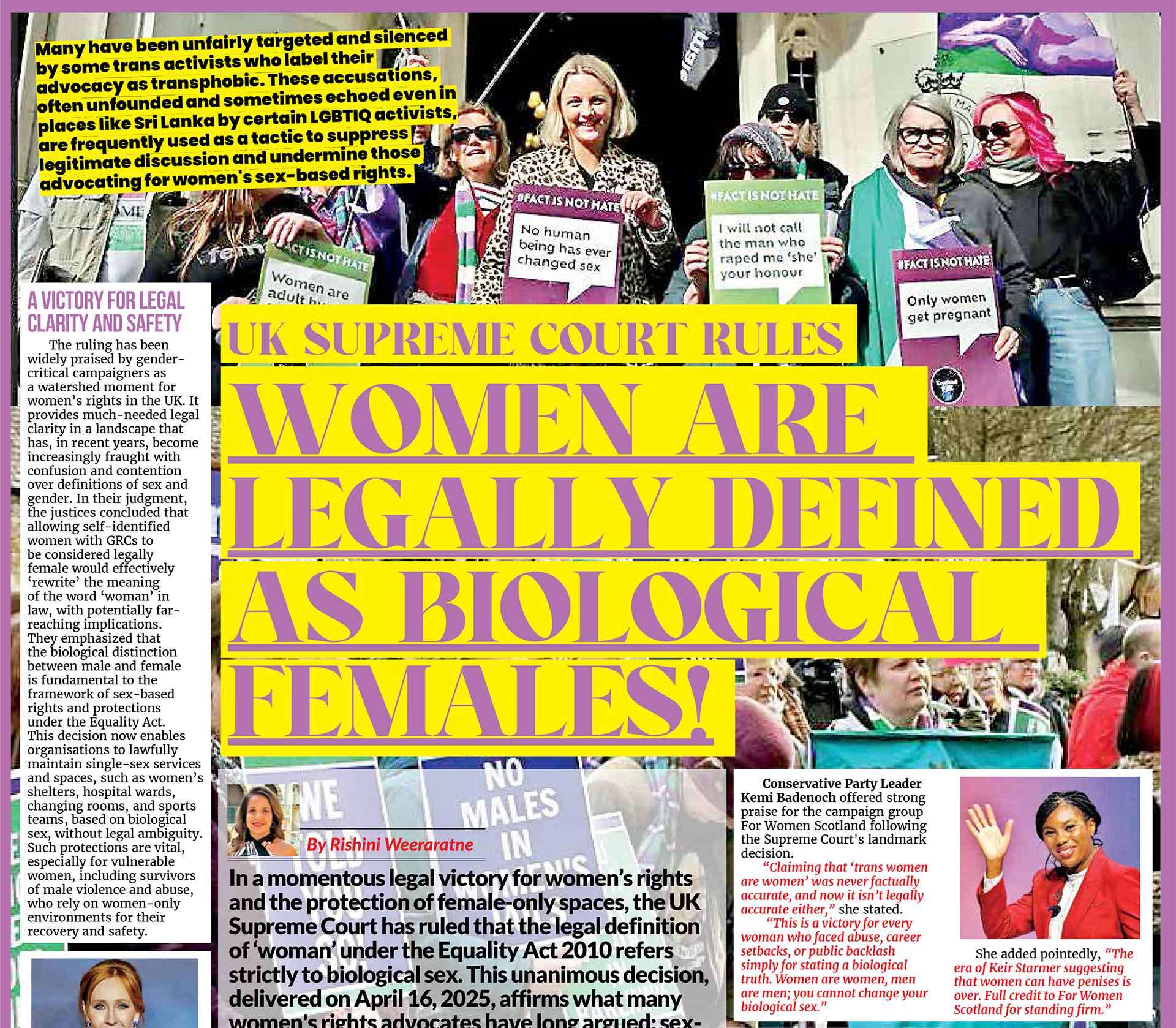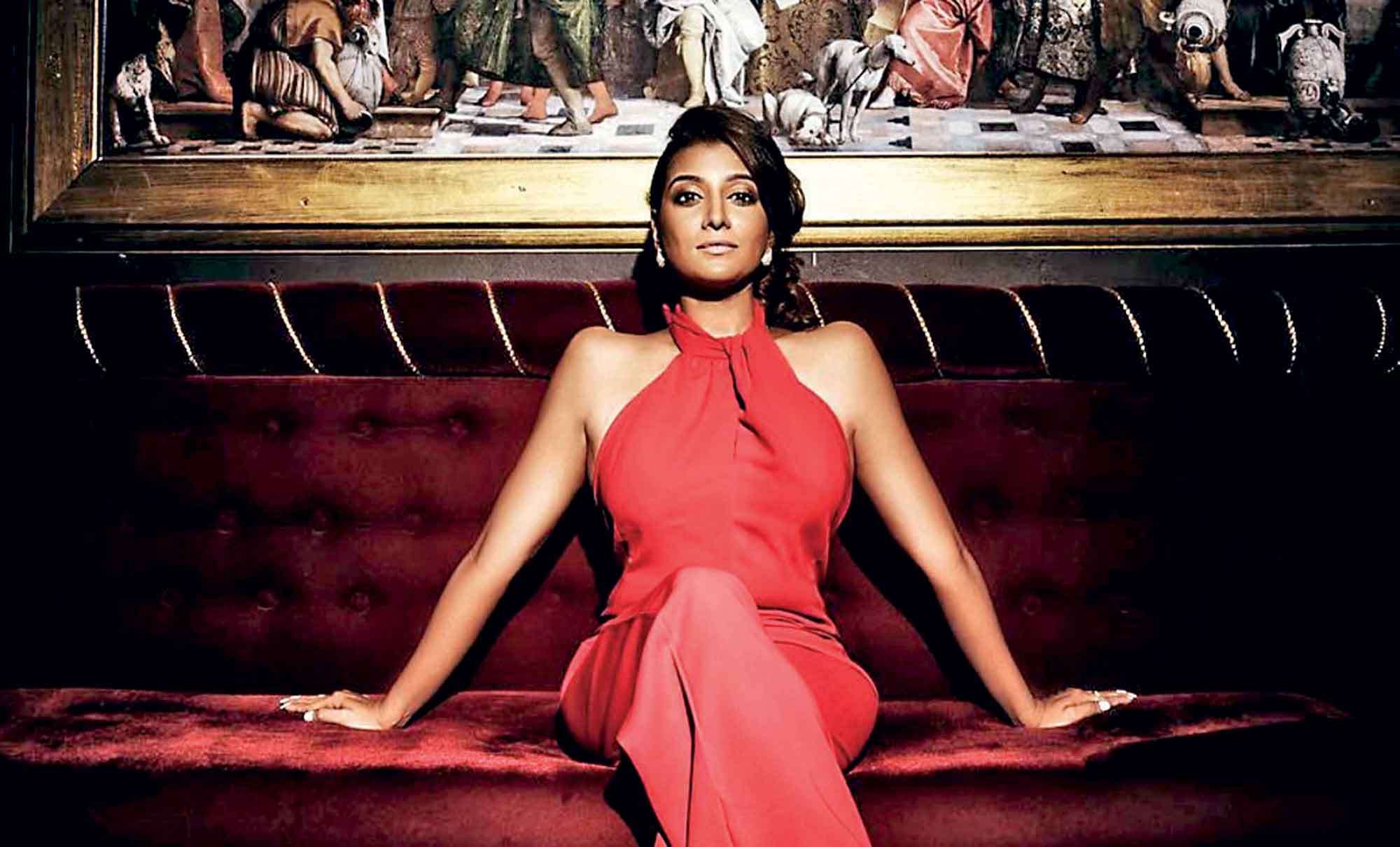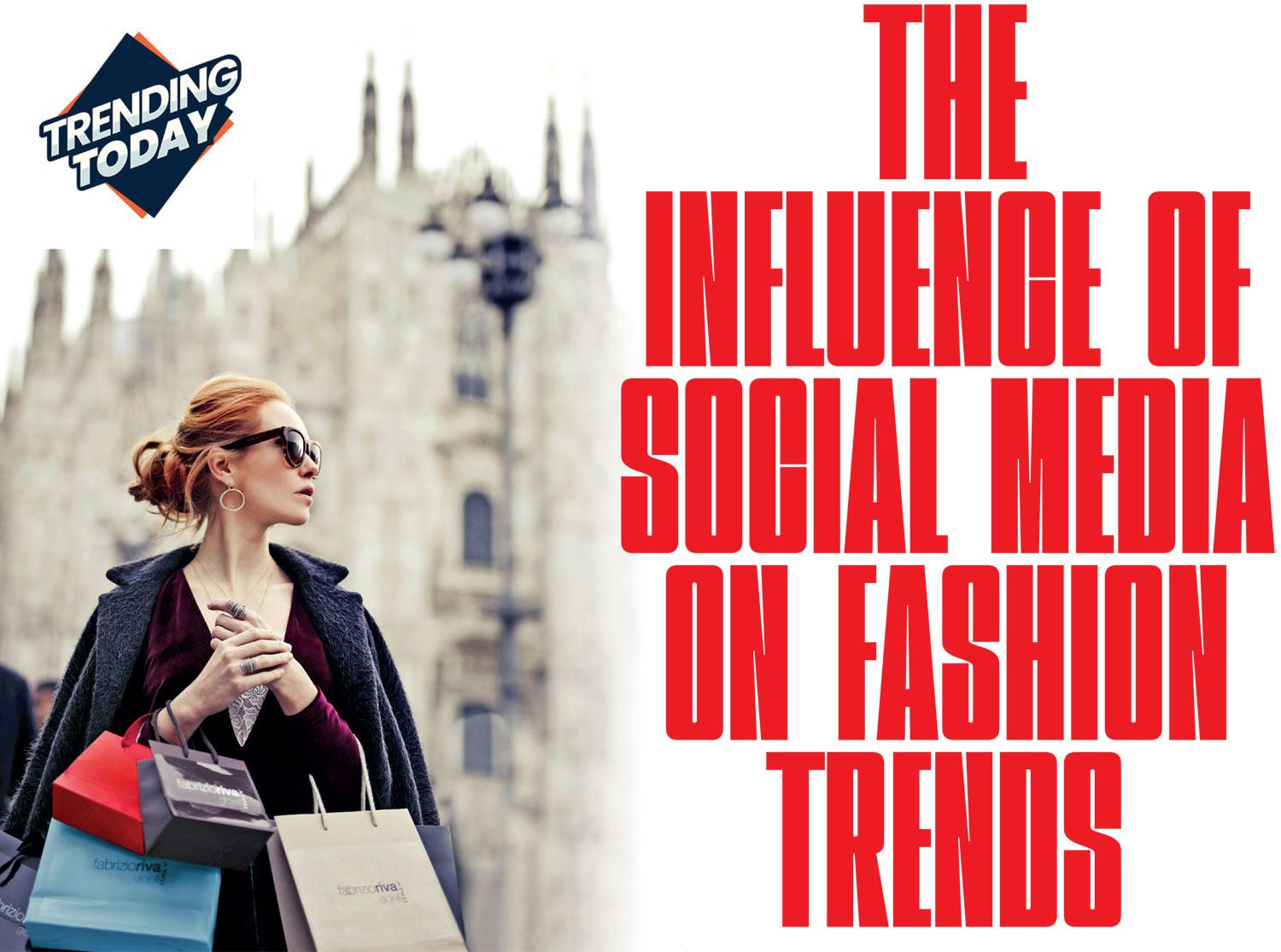


Fashion has always been a reflection of cultural shifts, personal expression, and global influences. However, the way fashion trends emerge and spread has drastically changed in the digital age. Traditional fashion gatekeepers such as designers, magazines, and celebrities are no longer the sole influencers. Instead, social media platforms like Instagram and TikTok have taken the lead in shaping what people wear, how they perceive style, and how quickly trends cycle in and out of relevance.
 Conversely, fast fashion brands have benefited tremendously from the rapid trend cycles fueled by social media. Brands like Shein and Zara capitalize on viral trends by quickly producing affordable versions of popular styles.
Conversely, fast fashion brands have benefited tremendously from the rapid trend cycles fueled by social media. Brands like Shein and Zara capitalize on viral trends by quickly producing affordable versions of popular styles.
With millions of users engaging in fashion content daily, social media platforms have become a powerful force in determining trends. From viral challenges to influencer-driven aesthetics, the digital space influences everything from high fashion to streetwear. Hence there is massive discussion on how social media impacts fashion trends, the role of influencers, the speed of trend cycles, and the effects both positive and negative on the industry and consumers.
In the past, fashion trends were shaped by designers, luxury brands, and fashion editors, who dictated what was stylish each season. However, with the rise of social media, influencers on platforms like Instagram and TikTok have become equally influential in setting trends. Unlike traditional celebrities, influencers connect directly with their followers, making their fashion choices feel more relatable and attainable. Their ability to showcase styles in real time, often through casual or everyday wear, allows trends to spread rapidly. As a result, social media has democratized fashion, giving consumers more control over what becomes popular.
Instagram’s visual-first approach enables influencers to curate stylish feeds and aesthetic posts, shaping fashion trends. TikTok, in contrast, thrives on short-form videos that make fashion more dynamic and engaging. Users participate in styling challenges, outfit transitions, and haul reviews, rapidly turning niche styles into global trends. The platform’s algorithm amplifies viral moments, making trends spread almost instantly. Influencers like Emma Chamberlain and Bella Poarch have demonstrated how a single viral post can influence millions, shifting fashion preferences overnight. Together, Instagram and TikTok have redefined trendsetting, making fashion more accessible, fast-paced, and driven by digital creativity.
Brands have embraced influencer marketing, collaborating on sponsored posts, product placements, and exclusive collections. By leveraging influencers’ reach and authenticity, they create direct connections with consumers, making fashion trends spread rapidly. This shift has transformed marketing strategies, moving away from traditional advertising to a more interactive, social media-driven approach. With influencers shaping purchasing decisions in real time, brands can engage audiences more effectively, ensuring their styles and products gain instant visibility and popularity in the digital fashion landscape.
 Now, trends can appear, peak, and disappear within weeks, thanks to viral social media content.
Now, trends can appear, peak, and disappear within weeks, thanks to viral social media content.
Social media has drastically shortened the life cycle of fashion trends. Previously, trends would emerge seasonally through runway shows and trickle down to the masses over months or even years. Now, trends can appear, peak, and disappear within weeks, thanks to viral social media content.
For example, the rise and fall of microtrends like “cottagecore,” “dark academia,” or “E-girl” aesthetics happened almost entirely on social media. A TikTok trend can encourage millions to adopt a particular look, but the next viral aesthetic quickly replaces it, leading to fast turnover in fashion consumption.
While fast-moving trends keep fashion exciting, they also drive overconsumption and unsustainable shopping habits. The constant pressure to stay trendy encourages excessive spending, with consumers frequently buying new clothes to keep up. This demand fuels fast fashion brands to produce low-cost garments at an unsustainable pace, leading to environmental concerns like textile waste and pollution. As trends cycle faster than ever, the industry faces growing challenges in balancing innovation with ethical and sustainable fashion practices.
One of the most significant positive impacts of social media on fashion is its democratization. Previously, high fashion was largely exclusive to those with access to designer brands and luxury shopping experiences. Now, anyone with a smartphone and a creative eye can influence fashion.Social media has also made fashion more inclusive. Diverse body types, different cultural influences, and non-mainstream aesthetics now have space to thrive. Hashtags like #BodyPositivity and #ThriftedFashion promote fashion that embraces diversity and sustainability. Fashion inspiration is no longer limited to magazine pages but can be sourced from individuals worldwide.
 Luxury brands have had to adapt to the social media-driven fashion landscape. Many high-end designers now collaborate with influencers and leverage Instagram and TikTok for marketing
Luxury brands have had to adapt to the social media-driven fashion landscape. Many high-end designers now collaborate with influencers and leverage Instagram and TikTok for marketing
Additionally, independent designers and small businesses have a platform to showcase their work without needing a traditional retail presence. Instagram and TikTok have helped emerging designers gain recognition, proving that social media is not just a tool for mass consumption but also for artistic expression and entrepreneurship.A unique aspect of social media’s influence on fashion is the power of user-generated content. Unlike traditional media, where consumers passively receive information, social media users actively create and share their interpretations of fashion trends.
